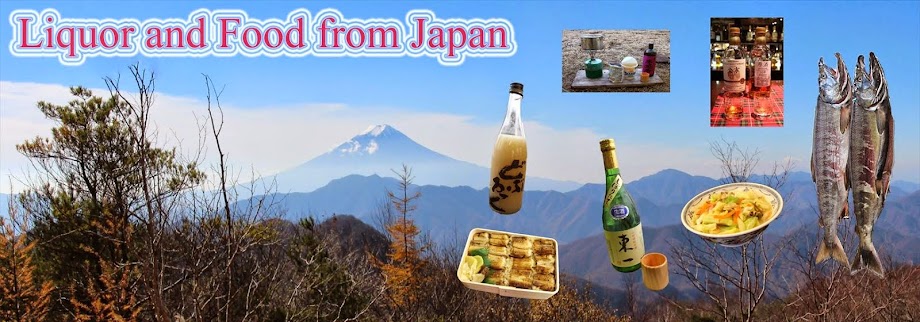There is culture a Japanese pay a visit to the Shinto shrine Buddhist temple in the beginning of the year called the Hatsumoude (初詣) in Japan.
In many cases, everybody goes to the religion facilities such as a temple or the Shinto shrine. However, many Japanese think about nothing, and the religious concept performs it without most for the act willingly now.
It was origin of Hatsumoude that prayed the Shinto shrine which became the local protective deity whom oneself lived in, but it was given a broad interpretation of now, and it originally became mainstream to pray at the popular Shinto shrine and temple of some distant places.
New Year's visits to a Shinto shrine of the neighborhood of Tokyo include Senso-ji Temple (浅草寺) or Meiji Shrine (明治神宮) there about the famous Shinto shrine and the temple. In addition, a popular spot called Kawasakidaishi is in neighboring Kanagawa. Further, Fushimiinari Shrine (伏見稲荷大社) is in Kyoto and Sumiyoshi Taisha Shrine (住吉大社) is in Osaka, and they are famous for the kind, too.
One of those famous spots has Naritasan Shinshoji Temple (成田山新勝寺). In addition, this temple is in famous Narita in Narita Airport.
I introduce "Fudo, Tsurushi-shibori, Muroka, Junmai-ginjo, Nama-Genshu" which brewery in the neighborhood makes this time.
 |
| "Fudo, Tsurushi-shibori, Muroka, Junmai-ginjo, Nama-Genshu". This is a simple label, but has characteristic taste. |
When I translate this Tsurushi-shibor literally, it becomes hang and squeeze.
In other words that means that a bag with Moromi is hanged and is squeezed. It is shown with a thing same as a Sake of Fukurozuri which I introduced in the last time.
The composition of Moromi does not fail because the Sake of this Fukurozuri is not increased power and squeezed. So it is completed to a thing of very clear quality.
Outline
As previously described, this Sake is manufactured from Nabedana-brewery (鍋店) in Narita, Chiba.Speaking of Narita, if you are the person who came from the foreign country, has at least 1 degree not been to the city? However, there is little interested in too much in this city to aim at Tokyo equally when everybody gets off an airplane. Originally Narita is a city with the history that prospered as Monzen-cho (門前町) of the above-mentioned temple in the Edo era not the city of the airport.
 | |
| This is Narita-Airport. I went to Taiwan then from here. |
Monzen-cho is kind of an old town of Japan, and it is the town where cityscape was formed around a temple or a Shinto shrine. Nagano with Zenko-ji is an example similar to it, too.
The Naritasan is a relatively big temple having the temple of the group to several places of whole country. By the way, the Fudo of the name of this Sake is taken from the name of the enshrined deity of this Naritasan.
 |
| Naritasan-Shinshoji of the beginning of the year is crowded with the second crowds very much in the all over Japan. |
Narita is the place where it is easy to visit very much when you do going and returning from Japan because it is neighbor to the Airport-tation. The temple is a range on foot from the Narita-station, too. Please challenge to drink because the tasting is possible in Nabetana-brewery close to the temple. It is a recommended spot so that you see the sights of the city such as Sawara (佐原), Kashim (鹿嶋), Choshi(銚子) which you went ahead through from Narita to the east side a little.
 |
| It is cityscape of Sawara called Suigo (水郷). It is the spot that a lot of old houses stay there, and has a good atmosphere. |
Character
Name: "Fudo, Tsurushi-shibori, Muroka, Junmai-ginjo, Nama-Genshu"(不動、吊るししぼり、無濾過、純米吟醸、生原酒)Place: Nabedana (鍋店), Narita, Chiba
Class: Junmai-ginjo
Rice: Akita-Sakekomachi (秋田酒こまち)
Rice polishing rate: 55%
Yeast: Unknown
Filtration: No
Heat treatment: No
Water addition: No
Other characteristics: Tsurushi-shibori (吊るししぼり)
Alcohol content: 17%
Sake meter: +1~+3
Acid meter: 1.3~1.5
Price: JPY 2,850 (1,800ml)
Official website: http://www.nabedana.co.jp/
My rating: A
 |
| One way is written to this description. |
Taste
At first a sweet fragrance to hark back to fruit entered with my nose. The fragrance is the impression that it is very delicate, and is noble.Translucent sweetness influenced it over a tongue to the first share. There was little sharpness taste, and slight acidity gathered sweetness in the taste.
It is the taste of the type that this unique translucency drinks with the thing which Fukurozuri comes from and is not tiring at all. However, it is not that taste is light, and I received the refined impression that removed extra added flavor in the course of the brewing.
In many cases, the Fukurozuri is more expensive than the normal Sake, but recommends it by all means because this Sake is considerably more inexpensive than them.
How to buy (or drink)
I think that it is the quickest to buy in brewery in front of the temple of Narita when you use Narita Airport. You can buy it in Suzuden-shop (googlemaps) of Yotsuya if you want to buy it in Tokyo.There are few bars stocking it, but there is not no it.
When you want to drink them in the bar, please search it with the word "不動 鍋店 日本酒" in the following sites.
http://tabelog.com/













